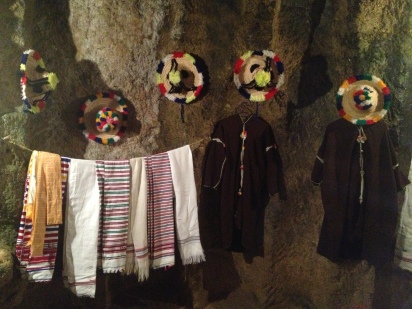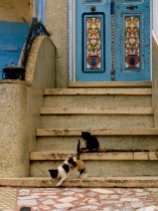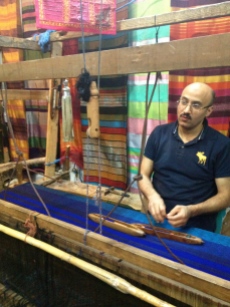As an Australian visiting Europe it’s always interesting to reflect on proximity, similarity and diversity.
In comparison to Europe, our island nation is isolated, which means that much of what we have has evolved as separate and unique, and the influences of different waves of migrants to our shores are relatively recent history.
This is quite different to what you sometimes see in Europe (or anywhere that countries share land borders) as things like landscape, architecture, culture, language and national dress can start to blend toward and across borders.
Here in Spain, centuries of invasions, conquests and cross-border trade and alliances have created layer upon of layer of interwoven history. In some cases we have seen buildings that have been repurposed over the centuries from the Muslim to Catholic faiths.
It’s fascinating then, to visit the place where the continents of Europe and Africa are at their closest – the 14km stretch of ocean that separates beachside Tarifa in Spain from the port of Tangiers in Morocco.
The Moorish history we’ve been learning about in Spain has been a reminder of the proximity of Morocco to the south.
There also must be some Spanish influence in the rich diversity of Tangiers given the Spanish presence there when it operated as an international zone last century.
But after a week of travelling exclusively in Spain, it was the points of contrast that seemed to stand out most for our group when we visited Tangiers: the Arabic language, the predominant Muslim (we were there on the holy day of Friday) and Berber population, delicious tagines and of course, camels.
Here is a selection of photos to capture some of the charms of both Tarifa and Tangiers.
M

























Keep living the dream & hope you’re also going to Gibraltar & Sergovia & Toledo! Travel safe. IMM & DLOE xxx
LikeLike
Totally living the dream Paul! Not visiting any of those places this trip, but I have no doubt that I will be coming back to Spain. M
LikeLike
Beautiful photographs – it looks like a wonderful trip
LikeLike
Thanks Stevie, I’m taking all the pics on iPhone 🙂 Cheers, M
LikeLike